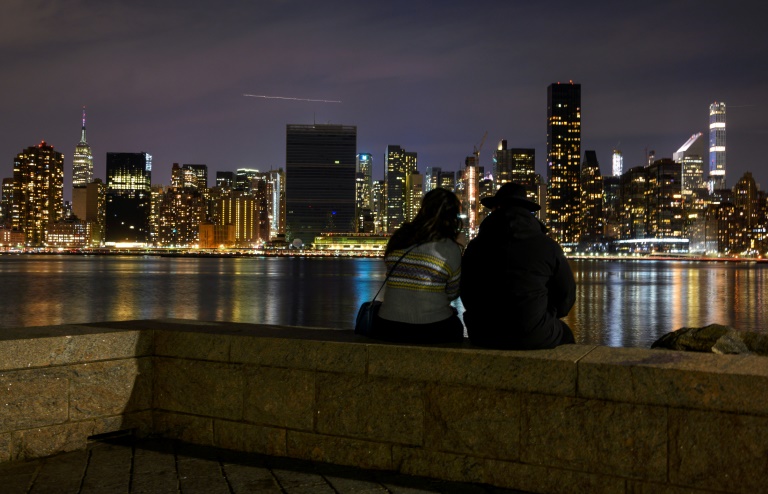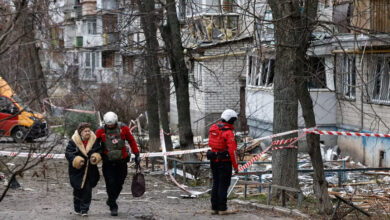
The UN headquarters in New York, the pyramids of Egypt and Rio’s Christ the Redeemer statue were among top world monuments plunged into darkness for an hour Saturday to put the spotlight on climate change and its impact on the planet.
Organized by environmental watchdog WWF, the 13th edition of Earth Hour saw millions of people across 180 countries turning off their lights at 8:30 pm to highlight energy use and the need for conservation.
The event follows some of the direst warnings to date on the state of Earth’s natural habitat and species.
“We are the first generation to know we are destroying the world. And we could be the last that can do anything about it,” WWF said.
“We have the solutions. We just need our voices to be heard.”
Speaking to AFP, Dermot O’Gorman who heads WWF-Australia, said Earth Hour was “the world’s largest grassroots movement for people to take action on climate change.
“It’s about individuals taking personal action but joining with hundreds of millions of people around the world to show that not only do we need urgent action on climate change but we need to be protecting our planet,” he added.
Dozens of companies around the world pledged to join this year’s campaign, which saw Singapore’s skyline go dark and Hong Kong turn off the lights along Victoria Harbor.
In Europe, Berlin’s Brandenburg Gate and Saint Peter’s Basilica at the Vatican were swallowed by darkness.
The lights also went out in Mexico at Guadalajara’s Degollado Theater.
Other global landmarks that flicked the switch included Sydney’s Opera House, the Eiffel Tower and Arc de Triomphe in Paris, Dubai’s Burj Khalifa — the world’s tallest skyscraper — the Acropolis in Athens, Shanghai Tower and the Kremlin building in Moscow.
Back in October, in its “Living Planet” report, WWF said 60 percent of all animals with a backbone — fish, birds, amphibians, reptiles and mammals — had been wiped out by human activity since 1970.
In Cali, Colombia, people lit candles to form a “60+” sign as part of the Earth Hour events.
Another study said a recent decline in bugs that fly, crawl, burrow and skitter across still water — fueled by deforestation, urbanization and the rise of commercial farming — was part of an unfolding mass extinction event, only the sixth in the last half-billion years.
Last year, Earth Hour was observed in more than 7,000 towns and cities in 187 countries, according to the organizers.
While the lights-off event is a symbolic gesture, Earth Hour has sparked successful campaigns over the past decade to ban plastics in the Galapagos Islands and plant 17 million trees in Kazakhstan.




